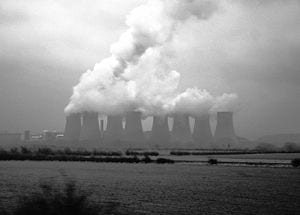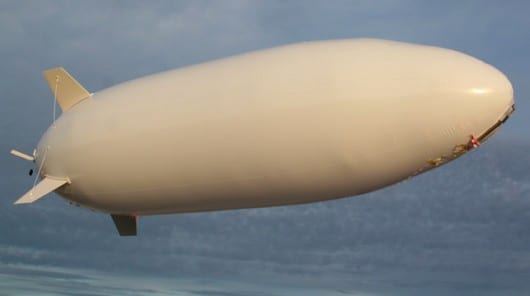Approximately 90 percent of the world’s electricity is generated by heat energy.
Unfortunately, electricity generation systems operate at around 30 to 40 percent efficiency, meaning around two thirds of the energy input is lost as waste heat. Despite this, the inefficiency of current thermoelectric materials that can convert waste heat to electricity has meant their commercial use has been limited. Now researchers have developed a thermoelectric material they claim is the best in the world at converting waste heat into electricity, potentially providing a practical way to capture some of the energy that is currently lost.
The new material, which is based on the common semiconductor telluride, is environmentally stable and is expected to convert from 15 to 20 percent of waste heat to electricity. The research team, made up of chemists, material scientists and mechanical engineers from Northwestern University and Michigan State University, say the material exhibits a thermoelectric figure of merit (or “ZT”) of 2.2, which they claim is the highest reported to date.
The higher a material’s ZT, the more efficient it is at converting heat to electricity. While there’s no theoretical upper limit to ZT, no known materials exhibit a ZT higher than 3. The researchers believe with a ZT of 2.2, the new material is efficient enough to be used in practical applications and could usher in more widespread adoption of thermoelectrics by industry.
“Our system is the top-performing thermoelectric system at any temperature,” said Mercouri G. Kanatzidis, who led the research. “The material can convert heat to electricity at the highest possible efficiency. At this level, there are realistic prospects for recovering high-temperature waste heat and turning it into useful energy.”
With the huge potential for thermoelectrics to recover some of the heat energy that is currently lost, they have been the focus of much research that has seen them improve significantly in recent years. So much so that the Mars rover Curiosity features lead telluride thermoelectrics, although its system only has a ZT of 1. BMW is also testing systems to harvest the heat from the exhaust systems and combustion engines of its cars.
via Gizmag – Darren Quick
The Latest Streaming News: Efficient thermoelectric material updated minute-by-minute
Bookmark this page and come back often
Latest NEWS
Latest VIDEO









